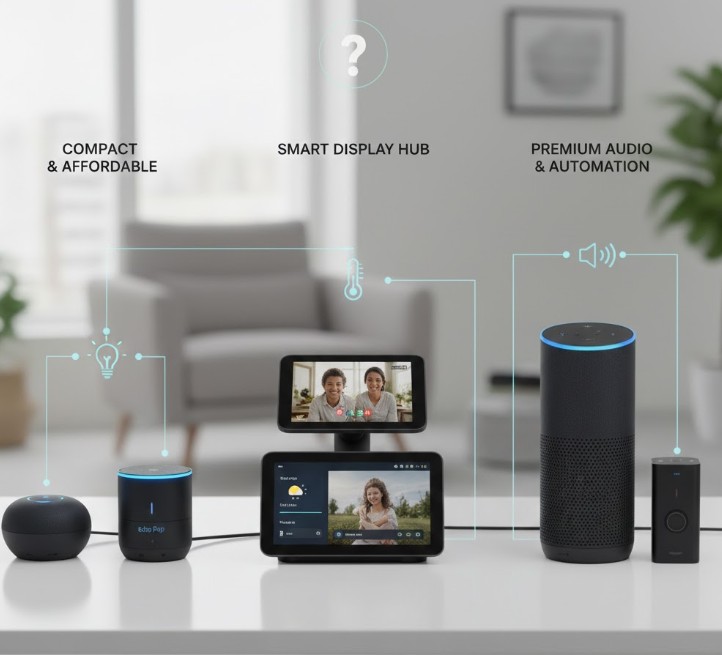In 2025, Apple’s iPad Pro marked the single largest leap to date, one that has brought it much closer to the computing province traditionally ruled by laptops. The iPad Pro’s monumental jump in performance with the M4 chip could ultimately challenge the MacBook Air’s very essence, once and for all. The chassis, ultra-thin; the tandem OLED display, full of illumination; and industrial design gradually reflect Apple’s previously invisible direction: the fusion of pro-adapted performance and portability. In theory, the 2-in-1 device is composed of a thin design perfect for all things creativity on the fly and yet also capable of running tasks that exert undue pressure to the hardware. The real card that keeps it short of being a typical desktop vessel is going to be software while the hardware shows illumination with all multifunction’s.
The iPadOS Limitation Keeps It from True Laptop Status
On paper, this is a MacBook, alright; but out in the real world, the bottleneck for iPadPro is iPadOS. This is a pathetic wall to professionals like software developers, video editors, and data analysts, as their workflows are being hampered in use. Performing rather ordinary actions, such as a two-fingered drag and drop in order to move files or the USB drive management or maybe dual workplaces for high level apps, are snails with iPadOS. Though the hardware is nearly the same as a laptop, the OS confines users to the mobile experience.
Accessories Enhance Usability Yet Still Not the Core Functionality
Apple’s new Magic Keyboard and Apple Pencil Pro bring about nothing but a refined user experience to elevate the iPad Pro’s standing to all but a close laptop. The newly redesigned keyboard with the larger trackpad and aluminum frame also offers a more tactile and premium typing experience. Additionally, haptic feedback on the Pencil Pro and trigger installation going hand in hand toward making creative workflows easier for artists and designers. Accessories are laudable in their effort, but they are bound by the very limits imposed by iPadOS. They improve usability and ergonomics, but they do not provide the flexibility in functionality that professionals need from a desktop-class system.
An Excellent Piece Still Missing a Certain Link
The iPad Pro delivered a knockout performance in hardware innovation for 2025- yet with statement-soothing elements hardly comparable to the unfortunately low existent. The iPad Pro suffers from pretty much sharing a near-identical performance, other than certain optimizations in display and chipsets: the OS was, to a certain extent, belligerently suppressed. Maybe here lies an open possibility for innovation by Apple for moving out of iPadOS—together or on its own. A powerful testament of balance between evolutionary constraints and liberation powered by innovative thinking by Apple.
More Like This: My iPad Pro Feels More Like a Laptop
News Source: Pcmag.com







Leave a Reply